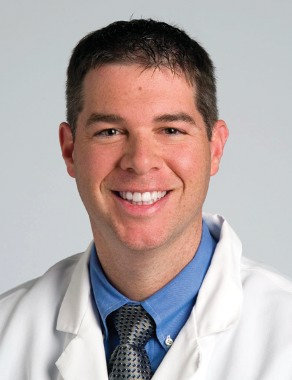Hospitalized patients who pick up a nosocomial infection are 40% more likely to be readmitted within a year of discharge than patients who are not infected during their stay.
Ramped-up infection control could benefit not only patients but the hospital itself, Jon Furuno, Ph.D., and his colleagues wrote in the June issue of Infection Control and Hospital Epidemiology.
"Efforts to reduce healthcare-associated infections may have the additional benefit of reducing the incidence of hospital readmission and increased healthcare costs," wrote Dr. Furuno, an infectious disease specialist at the University of Maryland, Baltimore, and Oregon Health and Science University, Portland, and his coauthors. "Furthermore, patients with a positive clinical culture result obtained more than 48 hours after hospital admission could be targeted to receive additional discharge planning resources designed to reduce the likelihood of hospital readmission" (Infect. Contr. Hosp. Epidem. 2012;33:539-44 [doi: 10.1086/665725]).
Dr. Furuno and his associates examined inpatient infections from Jan. 1, 2001, to Dec. 31, 2008, at the University of Maryland Medical Center. The team focused on methicillin-resistant Staphylococcus aureus (MRSA), vancomycin-resistant enterococci (VRE), and Clostridium difficile infections. The primary end point was time to readmission.
The study group included 136,513 admissions over the 8-year period. The patients’ mean age was 51 years, and the mean length of stay was 6 days (range, 3-13 days).
An infection was deemed to be hospital-acquired if a positive culture was obtained more than 48 hours after admission.
Only 3% of the study group had a positive culture that was hospital acquired. MRSA was cultured from 49% of the patients, C. difficile from 35%, and VRE from 25%. Some patients (383) had more than one pathogenic culture.
Compared with noninfected patients, infected patients were significantly older (mean 52 vs. 51 years), had higher Charlson comorbidity indices, and more likely to be male. They were also more likely to be admitted to the intensive care unit (ICU) than were those without infection (46% vs. 22%), and had a significantly longer hospital stay (24 vs. 6 days).
Within the next year, 35% of the study group was readmitted to the hospital. Rehospitalization was significantly more common among patients with the past infection than among those without (hazard ratio, 1.40). Those with VRE had the highest risk of readmission (HR, 1.67), followed by those with MRSA (HR, 1.30) and C. difficile (HR, 1.35).
There were also significant differences within the readmission group. Patients under age 65 were significantly more likely to be readmitted than were older patients (HR, 1.45). Those who had an ICU stay during the index hospitalization were significantly less likely to be readmitted (HR, 0.87). Each 1-point increase on the Charlson comorbidity index was associated with a significant 11% increase in the risk of readmission (HR, 1.11).
"Furthermore, the median time to readmission for [previously infected] patients was almost half that for other patients," they noted.
The authors reported having no relevant disclosures. The study was sponsored by the Agency for Healthcare Research and Quality and the National Institutes of Health.



